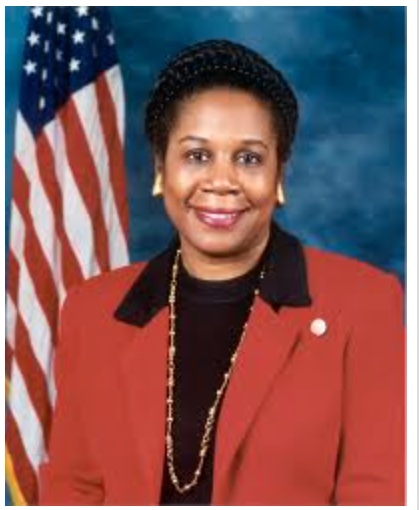By RUSSELL BIGGS
Between 1989 and 2019, the Anchorage Assembly passed five emergency ordinances. That was over the course of 30 years.
In the approximately three years since the outset of the Covid pandemic, the current lockstep Assembly members passed more than 30.
The most recent “emergency” is related to a series of allegations made by the former municipal manager that resulted in the Assembly moving to grant special powers to the ombudsman.
This is of particular concern because it grants, under emergency authority, the ombudsman immunity from lawsuits, while also altering the rules of attorney-client privilege (among other ”temporary” emergency modifications).
Usually, the reason for enacting emergency ordinances must be set out for specific reasons, yet the current allegations being made by the Assembly do not meet the definition of emergency in any form or fashion, and instead begs the question of why a regular, non-emergency ordinance was not created that allowed for public input?
The Assembly’s emergency ordinance implies that municipal code in regards to the ombudsman is currently in the process of being updated, arguing that “this internal matter regarding employees is really important” and that debatable urgency is somehow meant to be equivalent to an unforeseeable condition harming the public welfare on the scale of a global pandemic or natural disaster.
The Assembly’s ordinance also shows a clear level of detail and specificity that goes far beyond what is reasonable or necessary, by amending code to state: “A civil action may not be brought against the Ombudsman or a member of the Ombudsman’s staff for anything done, said, or omitted in performing the Ombudsman’s duties or responsibilities under this chapter.”
Does that sound reasonable?
It is questionable, at best, whether the Municipality is legally capable of granting such immunity. It is also not necessary; the ombudsman is protected from personal liability already. Navigating that protection can be done through normal public processes and no adverse effects would be felt in the interim except to the political expediency the Assembly currently enjoys through a voting bloc that may change significantly in April.
More important than the legal validity of an exclusive and broad immunity granted on an emergency basis is how the ordinance, discussed primarily in executive session, hamstrings the public in favor of the limited few in the legislative branch that have historically shown an astounding lack of transparency in producing records as required under the Alaska Public Records Act. As of this writing, Clerk Barbara Jones has settled two lawsuits for failure to provide the assembly’s records as required by law.
The Assembly has also abused the executive session privilege by failing to release even the “reason why” their communications involving the formerly anonymous Alaska Democrats communications director were somehow protected under deliberative “privilege.”
By eliminating the normal two-meeting requirement required for changes to municipal code, the Assembly bypassed, again, the normal public process requirements which are designed to provide transparency and allow people to voice their opinions. That change invested publicly unvetted powers in one individual, and subsequently removed that power and oversight from the public.
By attempting to grant immunity to the ombudsman above and beyond what other municipal officials enjoy, the Assembly also restricted access to the courts while compromising public access to both the legislative and judicial branches of government.
Anchorage citizens deserve better than a perpetual state of emergency, or rule by emergency decree. Without a change in April, at some point in the near future there will be no public process left, as this group of legislators have worked consistently to remove any of the public’s input (and even the public’s physical presence) from the government of Anchorage.
Russell Biggs is a citizen watchdog keeping an eye on the Anchorage Assembly.










